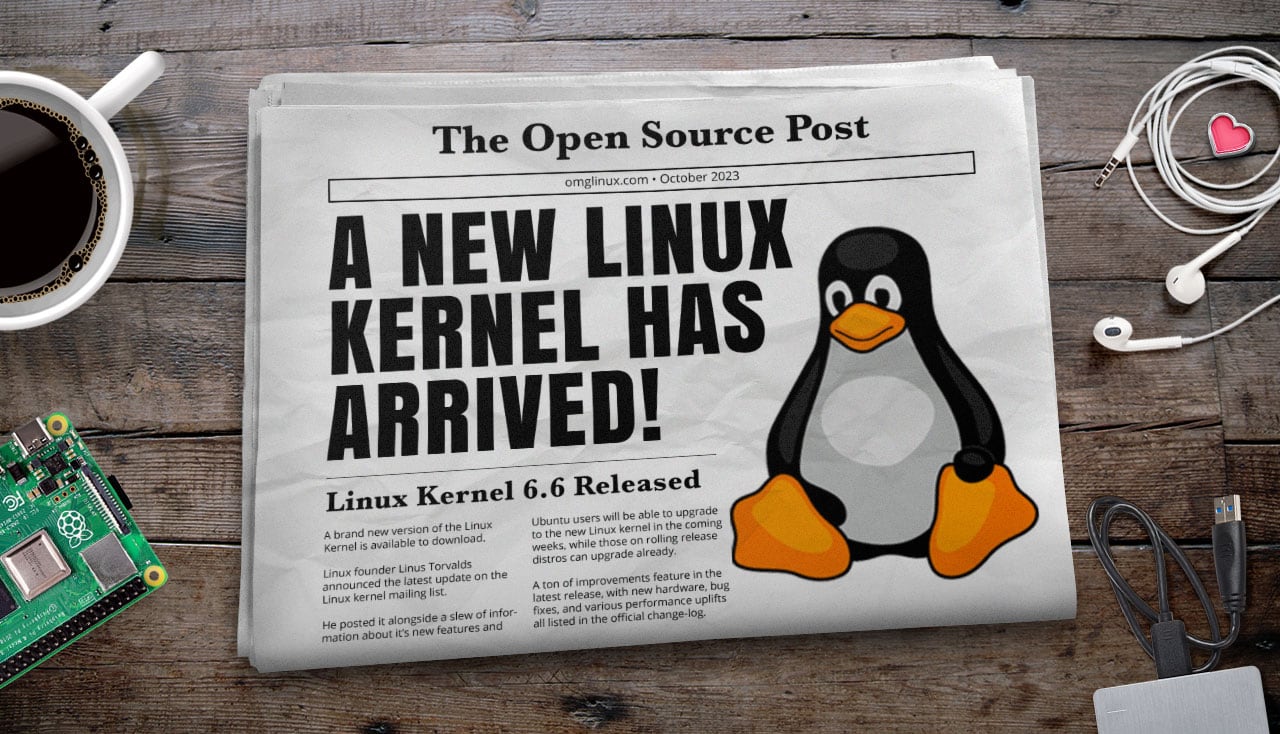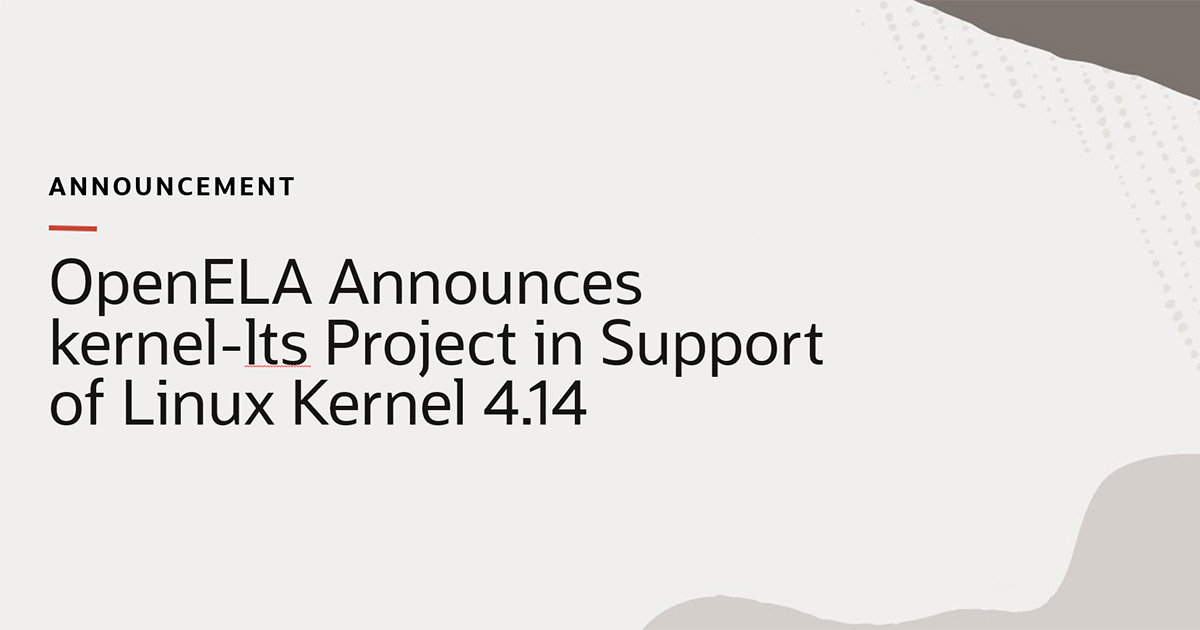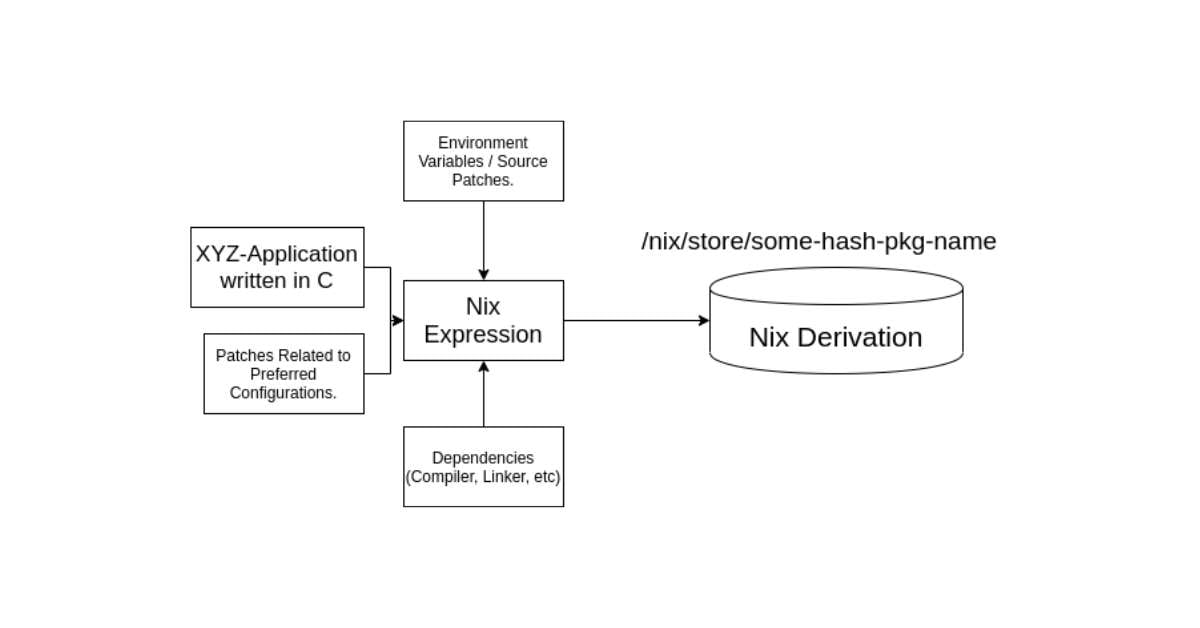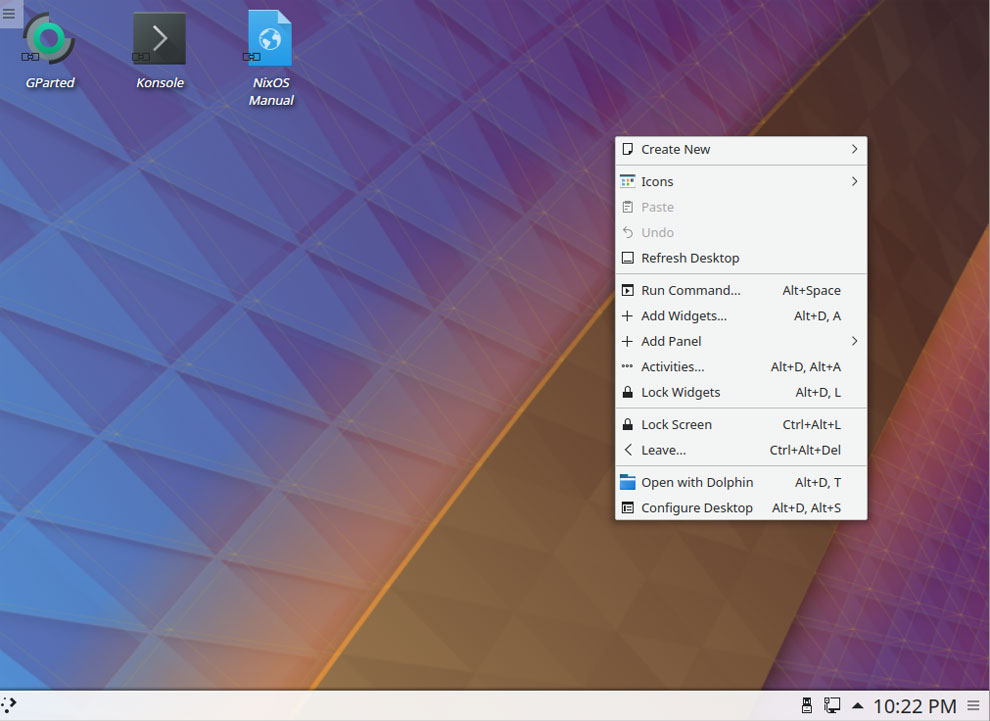
Embracing the Future: Linux 6.6 LTS Kernel
As the tech world evolves at a rapid pace, the heartbeat of open-source innovation, the Linux kernel, has once again marked a significant milestone with the formal declaration of Linux 6.6 as this year’s Long-Term Support (LTS) kernel. This announcement, made by Greg Kroah-Hartman, underscores the continuous commitment to stability and longevity in the Linux ecosystem.
The journey towards Linux 6.6 LTS began with its debut at the end of October, setting the stage for a wave of anticipation among the Linux community. The decision to anoint Linux 6.6 as the LTS kernel for the year reflects a strategic move to provide a robust foundation for organizations and individuals alike.
Kernel.org now proudly showcases Linux 6.6 LTS, with a maintenance plan extending until December 2026. This extended support period, spanning three years, offers a sense of security and reliability for those who rely on the stability of LTS releases.
While the traditional approach to LTS kernels involved longer maintenance cycles, the shift towards a potential two-year LTS period signals a dynamic adjustment to meet the evolving needs of the Linux landscape. The accelerated pace of technological advancements necessitates a flexible approach to kernel maintenance, ensuring that users can leverage the latest features and enhancements without compromising on stability.
For organizations aligning their strategies with yearly LTS kernels, Linux 6.6 emerges as a beacon of progress, boasting a plethora of new features and improvements that cater to diverse use cases and scenarios.
The significance of Linux 6.6 LTS extends beyond its technical prowess; it embodies a spirit of resilience and adaptability that defines the Linux community. As we navigate the complexities of modern computing, the LTS kernel serves as a cornerstone of reliability, empowering users to embrace the future with confidence and optimism.
Navigating the Linux Ecosystem
Beyond the realm of LTS kernels, the Linux ecosystem continues to witness a flurry of activity and innovation. Recent developments such as enabling Shadow Stack Support for x32, the release of Linux 6.9-rc1 with AMD P-State Preferred Core, and the evolution of the SLUB Allocator in Linux 6.9 underscore the dynamic nature of the open-source landscape.
Rust bindings for KMS drivers, the porting of VKMS to Rust, and the enhanced functionality enabled by LoongArch in Linux 6.9 exemplify the collaborative spirit that drives progress within the Linux community. These advancements not only enhance the performance and efficiency of Linux systems but also pave the way for future innovations in the realm of open-source software.
A Glimpse into the Future
As we stand on the cusp of a new era in computing, the trajectory of Linux development points towards a future defined by innovation, collaboration, and inclusivity. The strides made by the Linux kernel, coupled with the vibrant ecosystem of open-source projects, underscore the transformative power of community-driven development.
In a world where technology shapes our daily lives, the resilience of the Linux kernel stands as a testament to the enduring values of freedom, transparency, and accessibility. As we embrace the possibilities of tomorrow, let us look to Linux 6.6 LTS as a symbol of progress and continuity in an ever-evolving digital landscape.














